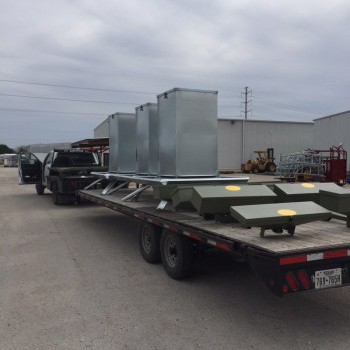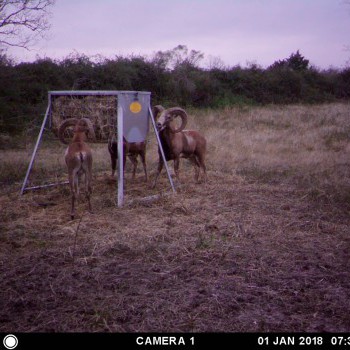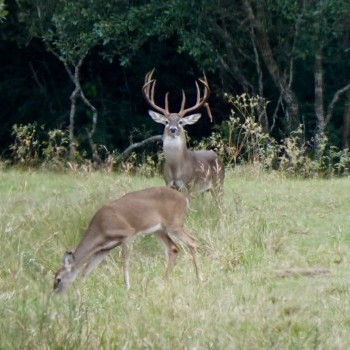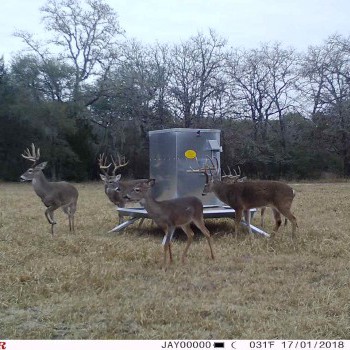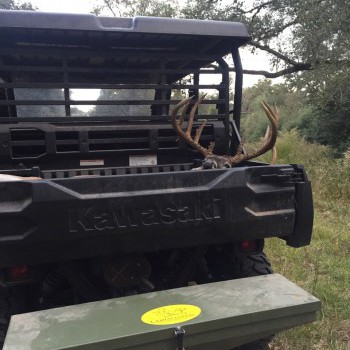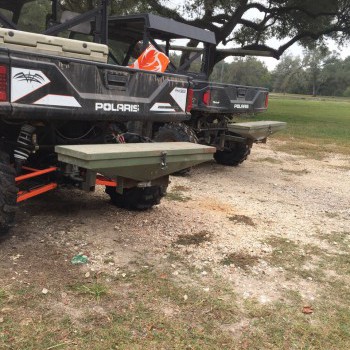How to Stock a Pond
Original article: https://www.purinamills.com/fish-and-aquatics-feed/education/detail/how-to-stock-a-pond
By Purina Animal Nutrition
A typical pond stocking strategy for a warm-water pond would be 1,000-1,500 bluegills, 50-100 bass, and 50-200 catfish per acre.
Many recreational pond owners, however, prefer to stock bluegills and catfish to increase the size and population of bass. This provides an excellent recreational pond, and trophy bass for the serious enthusiast. Maximum per acre stocking is not recommended unless a determined feeding and management program is planned.
Out of necessity, stocking strategies must vary from area to area, both in the species selected and the quantity to be stocked. It is always wise to consult your DNR or a pond management consultant before stocking your pond. By determining strategies that work for ponds similar to yours in your area, and through proper management, you may, for example, need to stock a bass/bluegill pond only once.
Options in this pond can include replacing 20-50% of the bluegills with redear sunfish, and stocking an additional 4-12 lbs. of fathead minnows. Predatory species such as bass should be stocked several months after establishing a forage population of bluegills, flatheads and/or channel catfish. Stocking rates for bass will depend upon your goals: number or size.
Types of pond stockings
While each pond is different, the following two examples are very popular recreational ponds throughout the United States.
Bass/Bluegill/Channel Catfish Pond
Ranges of stocking rates (in numbers per acre):
- Bluegills-Unfertilized- 500
- Bluegills-Fertilized or Naturally Fertile- 1,000
- Bluegills-Fed-1,000
- Bass-Unfertilized- 50
- Bass- Fertilized or Naturally Fertile- 50-100
- Bass-Fed- 100
- Catfish-Unfertilized- 50-100
- Catfish-Fertilized or Naturally Fertile- 100-200
- Catfish-Fed- 100-1,000
Catfish Pond
Ranges of stocking rates (in numbers per acre):
- Catfish- Unfertilized- 100-200
- Catfish- Fertilized or Naturally Fertile- 200-400
- Catfish- Fed- Up to 1,000
When to stock your pond
For the forage fish in your pond, you can stock any time of year except when extremely hot or cold. Spring and fall are the best times. Remember to stock these fish well before introducing predatory fish. You want the bluegills, redear sunfish, and minnows to have time to reproduce and establish the forage base for your pond. You can then introduce predator species – bass, walleye, catfish – after the spring spawn of the forage fish.

